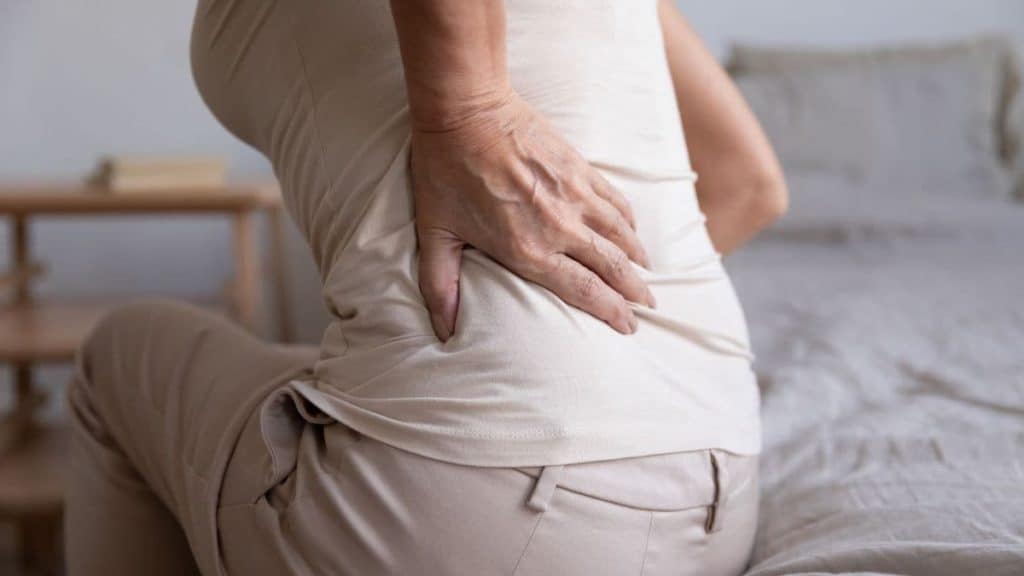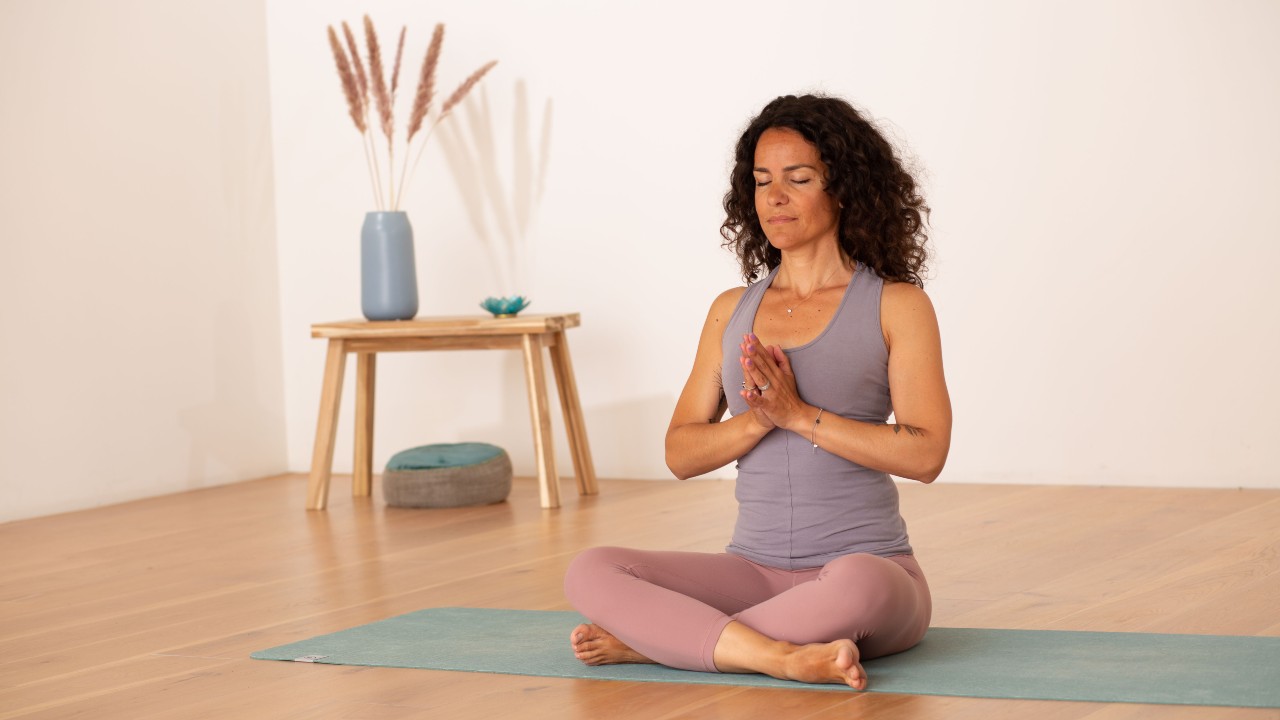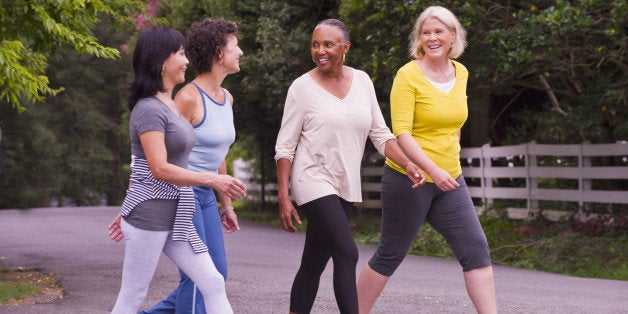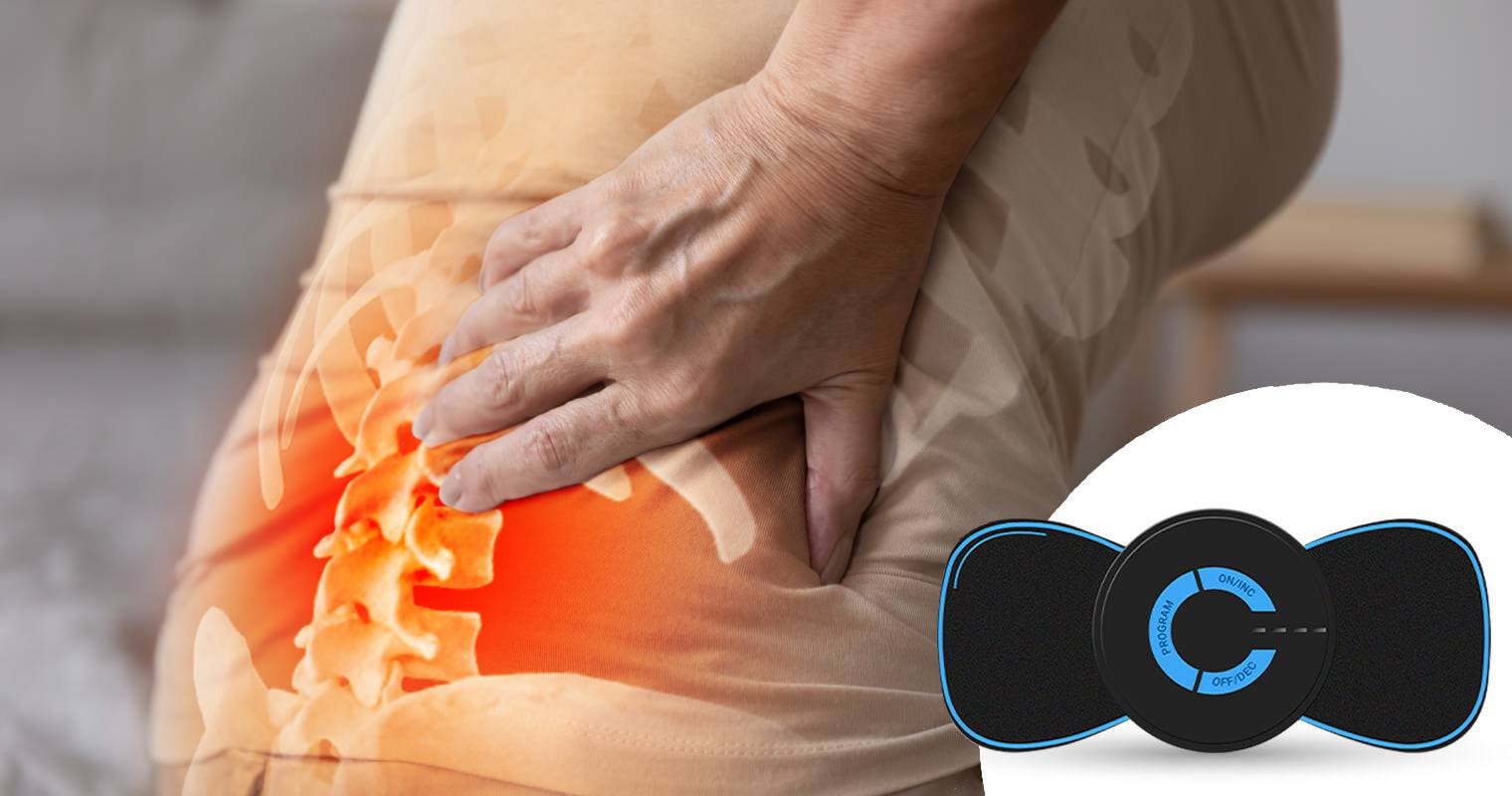

By Dr. Jeremy Campbell,
Licensed Doctor of Physical Therapy
Back pain can stop you in your tracks, making even the simplest things like bending over to tie your shoes a big deal.
Many folks think surgery or other expensive treatments are the only way to get past the pain, but that's not always the case.
There are many non-surgical ways that can help you manage your back pain.
Let’s delve into it.
1. Physical Therapy: Your First Line of Defense
Physical therapy is a solid starting point when tackling back pain.
It's not just about doing a few stretches and calling it a day…
A good physical therapist will work with you to tailor a program that targets your specific pain points.
They'll show you exercises that not only strengthen the back but also the abdominal muscles that play a critical role in supporting your spine.
These exercises aren't one-size-fits-all, and they're not just about building muscle strength.
They're about improving the way you move throughout your day.
Flexibility and range of motion are also key.
Think about reaching down to pick up a grandkid or twisting to grab something off the shelf — these movements should be pain-free, and physical therapy can help get you there.

2. Mind-Body Techniques: Harnessing the Power of Your Mind
Mind-body techniques such as yoga and meditation can not only help manage the stress that often exacerbates back pain but also improve your posture and flexibility.
Regular practice can significantly reduce pain and improve spinal health.
3. Anti-Inflammatory Diet: Food as Medicine
Inflammation can worsen back pain.
An anti-inflammatory diet, rich in fruits, vegetables, lean proteins, and healthy fats, can help reduce inflammation and, subsequently, pain.
Foods like berries, leafy greens, nuts, and fatty fish are excellent choices.
4. Maintain a Healthy Weight: Ease the Load
Excess body weight puts additional strain on your back.
Losing weight can help reduce this pressure and alleviate pain.
Focus on a balanced diet and regular exercise to shed the extra pounds healthily.

5. Improve Your Posture: Stand Tall
Poor posture can contribute to back pain.
Make a conscious effort to stand up straight and sit correctly.
Ergonomic chairs and standing desks can help maintain proper posture while you work.
6. Apply Heat and Cold: Simple Yet Effective
Applying heat can relax tense muscles and improve blood flow, while cold can reduce inflammation and numb the pain.
Alternating between the two can provide significant relief.
7. Over-the-Counter Medications: Temporary Relief
Nonsteroidal anti-inflammatory drugs (NSAIDs) like ibuprofen can reduce inflammation and alleviate back pain.
However, these should be used sparingly and under the guidance of a healthcare provider.

8. Stay Active: Keep Moving
It might seem counterintuitive, but staying active is better than prolonged rest for back pain.
Gentle activities like walking or swimming can help keep your back muscles strong and flexible.
9. Stretching: Flexibility Matters
Incorporating stretching into your daily routine is a simple yet effective way to manage back pain.
Gentle stretches, especially in the morning or after long periods of sitting, can significantly improve the flexibility of your back muscles.
This increased flexibility reduces the risk of muscle strains and sprains, common causes of back pain.
Stretching also enhances blood flow to the back muscles, providing them with the nutrients they need for repair and maintenance.
Additionally, it can relieve the stiffness that accumulates in your back over the day, leaving you feeling more relaxed and less tense.
It's about creating a routine that includes stretches targeting the lower back, hamstrings, and hips, as these areas are crucial for spinal health.

10. Strengthen Your Core: Support Your Back
Continuing with the theme of core strengthening, it's important to remember that this is not a quick fix but a long-term strategy for back health.
Core exercises should be a consistent part of your fitness regimen.
In addition to the exercises mentioned earlier, incorporating activities like Pilates and certain types of yoga can also contribute to a stronger core.
These practices focus on controlled movements, improving both strength and flexibility.
When your core is strong, it takes a significant amount of pressure off your lower back, helping to alleviate existing pain and preventing future issues.
It’s about creating a balanced approach where your core muscles work in harmony to support your back in all types of movements.
11. Nooro Whole Body Massager
Another option for treating back pain is the use of innovative devices like the Nooro Whole Body Massager.
This massager employs Neuromuscular Electrical Stimulation (NMES) technology, designed to target the root causes of back pain effectively.
In just 15 minutes a day, it can provide temporary relief from chronic back pain, sciatica, and pinched nerves.
The NMES technology works by sending gentle electrical impulses to the muscles in the back, encouraging them to reset and relax.
This process not only alleviates pain but also aids in the recovery and healing of stressed and strained nerves.
It's a non-invasive solution that can be used comfortably in your own home.
For those seeking an alternative to medication or more invasive treatments, the Whole Body Massager offers a promising solution.
To see if this is the right option for you and check availability, click here.
Conclusion: A Multifaceted Approach to Back Pain
Surgery should be a last resort, after exploring these non-invasive options.
Remember, the key is to be proactive and consistent with your treatment plan.
Each journey to back pain relief is personal.
If one method doesn't work, don't be discouraged.
It's about finding the right combination that suits your body and lifestyle.
With patience and the right approach, you can achieve a more active and pain-free life without going under the knife.



